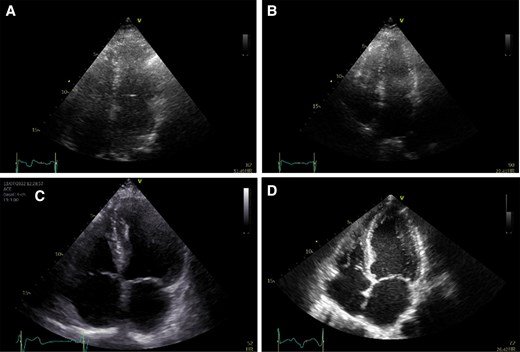Zero-Reference Point
All strain analysis should now use the onset of the QRS complex as the zero-reference point. This standardization is crucial for achieving consistent and reliable strain values.
Incorporation into Practice
Ensure all echocardiographic assessments of LV diastolic function (LVDF) follow this standardized measurement. Adjust existing protocols and retrain staff as necessary to align with this guideline.
Key Benefit: Improved Diagnostic Consistency
This change addresses previous inconsistencies in strain measurements, leading to more accurate and comparable assessments of left atrial function and LVDF across different patients and studies.
For full details and additional recommendations, refer to the article: “The assessment of left ventricular diastolic function: guidance and recommendations from the British Society of Echocardiography.” Access the article.
Leveraging Advanced Echocardiography Software
The implementation of these new guidelines highlights the need for precision and consistency in echocardiographic assessments. Advanced echocardiography software, like the solutions offered by Ligence, can play a crucial role in ensuring that strain analysis and LV diastolic function measurements adhere to the latest standards. By integrating cutting-edge software into your practice, you can enhance diagnostic accuracy and improve patient outcomes.
Disclaimer: Funded by the European Union. Views and opinions expressed are however those of the author(s) only and do not necessarily reflect those of the European Union or European Innovation Council and SMEs Executive Agency. Neither the European Union nor the granting authority can be held responsible for them.

